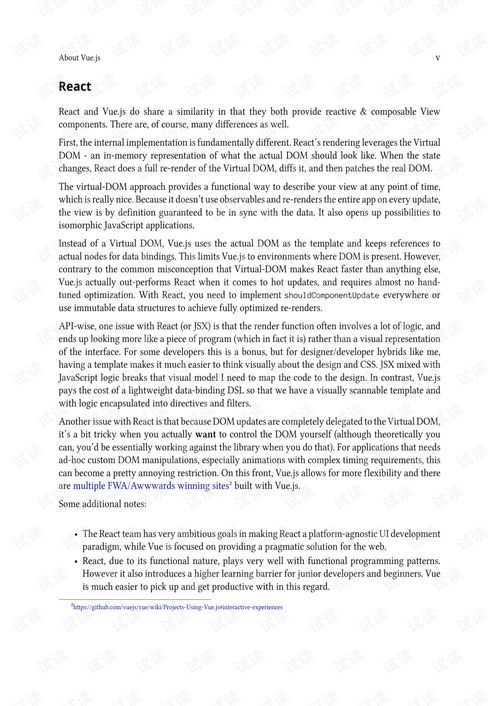Content:
Lure fishing, also known as spinning or casting fishing, has gained immense popularity among anglers worldwide. It involves using artificial lures to mimic the movement and appearance of real fish, enticing them to bite. To excel in this thrilling fishing style, one must master the art of using a lure rod effectively. In this article, we will delve into the essential techniques for lure fishing, focusing on how to use a lure rod to its full potential.
Choosing the Right Lure Rod
The first step in mastering lure fishing is selecting the appropriate lure rod. A good lure rod should be lightweight, flexible, and designed for the type of fishing you plan to do. Here are some factors to consider when choosing a lure rod:

- Length: Lure rods typically range from 6 to 12 feet. Longer rods are better for casting over long distances, while shorter rods are more maneuverable in tight spaces.
- Action: The action of a rod refers to how it bends when pressure is applied. Fast-action rods are ideal for casting and retrieving lures quickly, while slow-action rods are better for delicate presentations.
- Power: The power of a rod refers to its ability to handle heavy lures or fight strong fish. Light to medium power rods are suitable for most freshwater species, while heavy power rods are better for saltwater fishing.
Proper Casting Techniques
Casting is a fundamental skill in lure fishing. Here are some tips to improve your casting technique:
- Hold the rod correctly: Grip the rod with your dominant hand, using a "palms forward" grip. The index finger should rest on the reel seat for stability.
- Load the rod: Begin by raising the rod tip and then lowering it to the water's surface. This action "loads" the rod, preparing it for casting.
- Cast with a smooth motion: Start with a slow, controlled backcast, followed by a quick, powerful forward cast. Avoid jerking or snapping the rod, as this can cause the lure to fly erratically.
- Adjust your casting distance: Practice different casting techniques to achieve varying distances. The "overhead cast" is the most common, but you can also try the "sidearm cast" or "toss cast" for different situations.
Retrieval Techniques
Retrieval is the process of moving the lure through the water to mimic the natural movement of fish. Here are some retrieval techniques to try:
- Fast retrieve: Use a quick, steady retrieve to imitate the swimming action of fish. This technique is effective for triggering strikes in active fish.
- Slow retrieve: A slower retrieve can entice fish that are less aggressive or are feeding on slower-moving prey. Try a variety of speeds to see what works best.
- Jerk retrieve: Jerking the lure can mimic the action of a struggling fish or a prey item. This technique is particularly effective for triggering strikes from pike and muskellunge.
- Stop-and-go retrieve: This technique involves pausing the lure in the water for a few seconds before continuing the retrieve. It can be effective for fish that are feeding on bottom-dwelling prey.
Reading the Water
Understanding the water conditions is crucial for successful lure fishing. Here are some tips for reading the water:
- Observe the surface: Look for disturbances, bubbles, or fish activity on the water's surface. These can indicate the presence of fish.
- Analyze the bottom: Determine the type of bottom you are fishing on, such as sand, rock, or vegetation. This will help you choose the appropriate lure and retrieve technique.
- Pay attention to weather conditions: Wind, temperature, and cloud cover can all affect fish behavior. Adjust your tactics accordingly.
Bait Selection and Presentation
Choosing the right bait is essential for attracting fish. Here are some tips for selecting and presenting your lure:
- Match the hatch: Use lures that closely resemble the natural prey of the fish you are targeting. For example, use a crayfish imitation for bass or a minnow-like lure for trout.
- Vary your lure selection: Experiment with different colors, sizes, and shapes to see what works best in your fishing environment.
- Adjust your presentation: Change the retrieve speed, depth, and angle of the lure to mimic different fish behaviors.
In conclusion, mastering the art of lure fishing requires practice, patience, and a thorough understanding of the techniques involved. By choosing the right lure rod, perfecting your casting and retrieval techniques, reading the water, and selecting the appropriate bait, you will be well on your way to becoming a proficient lure fisherman. Happy fishing!












